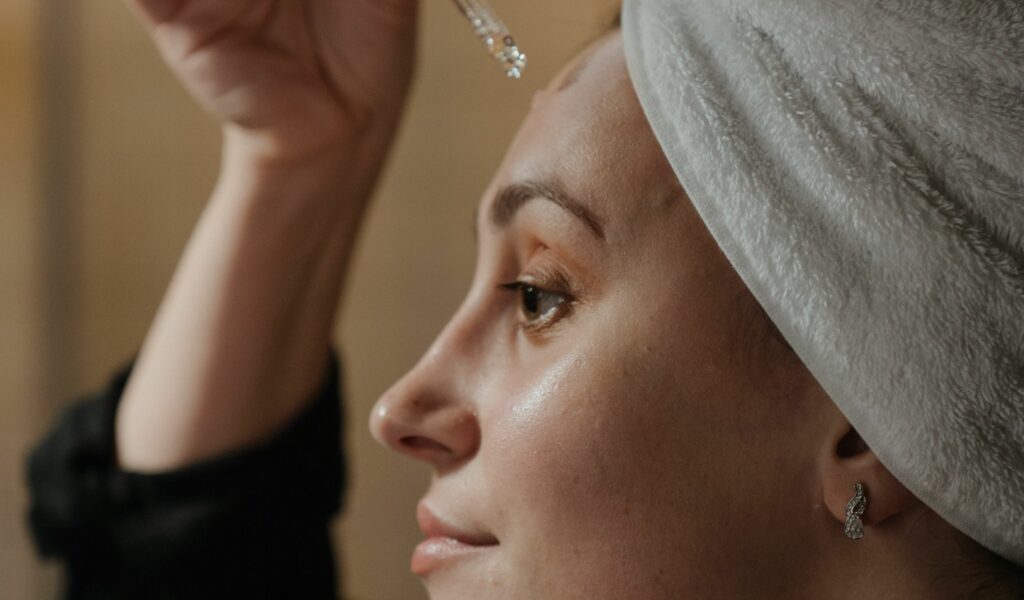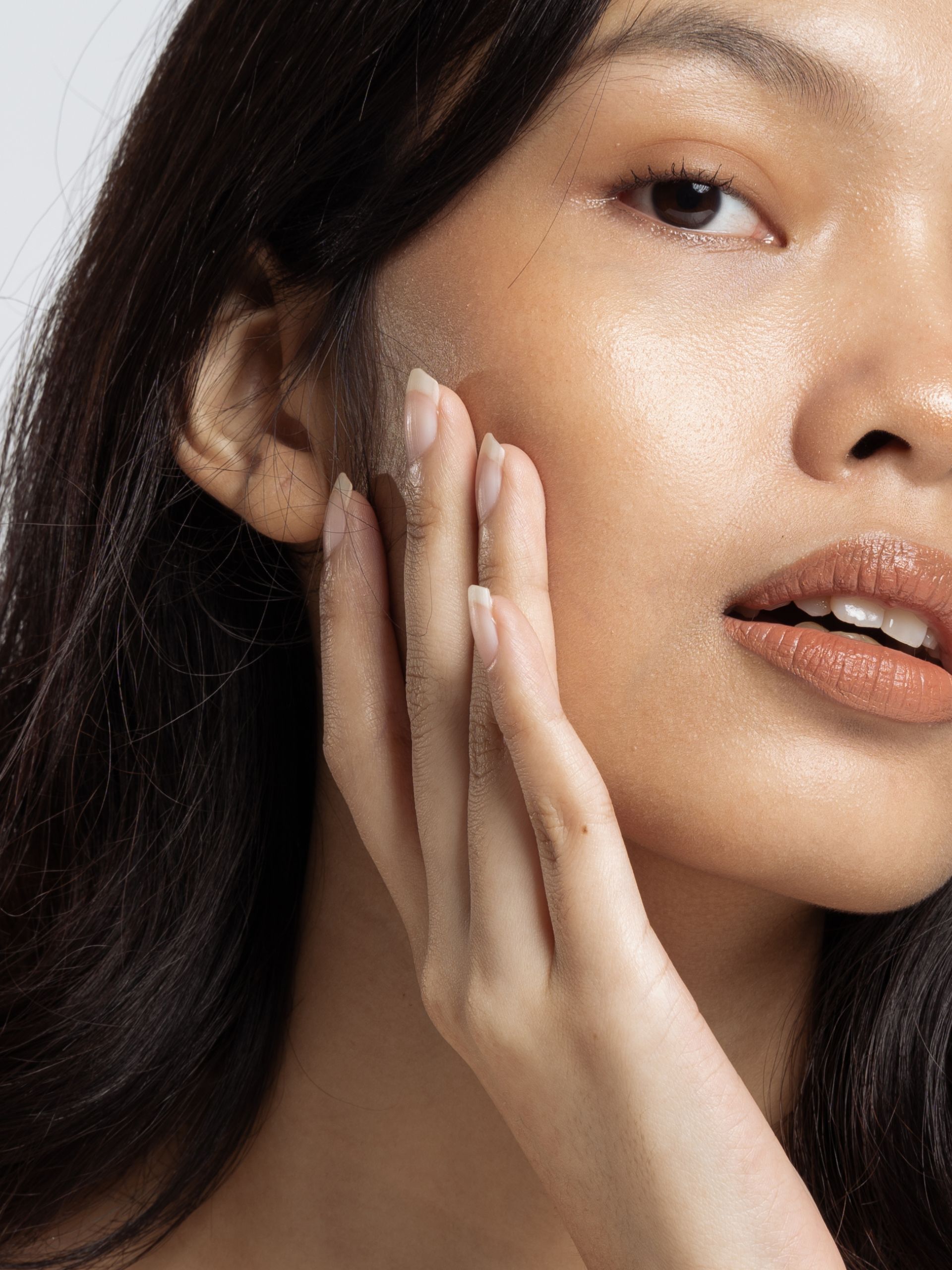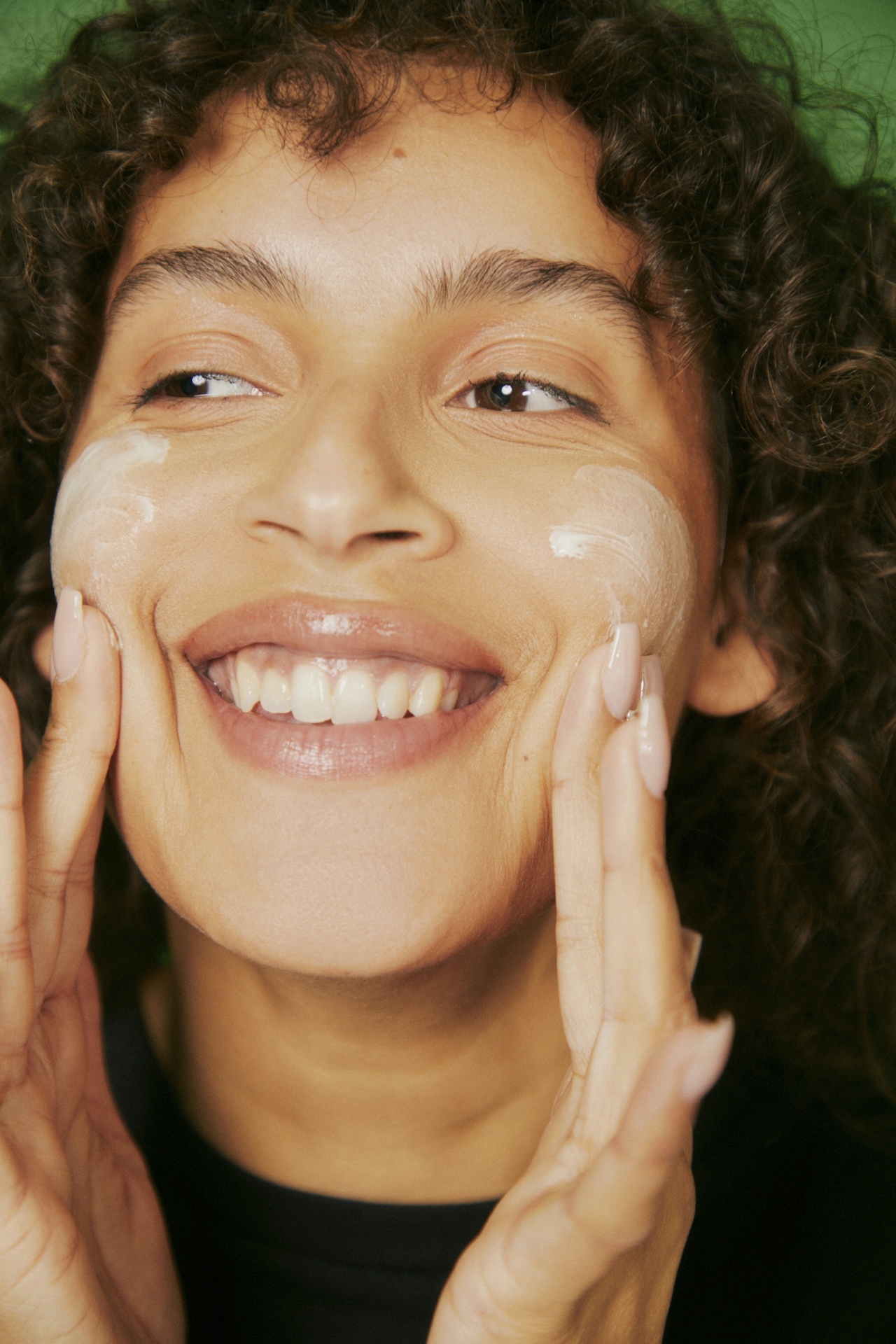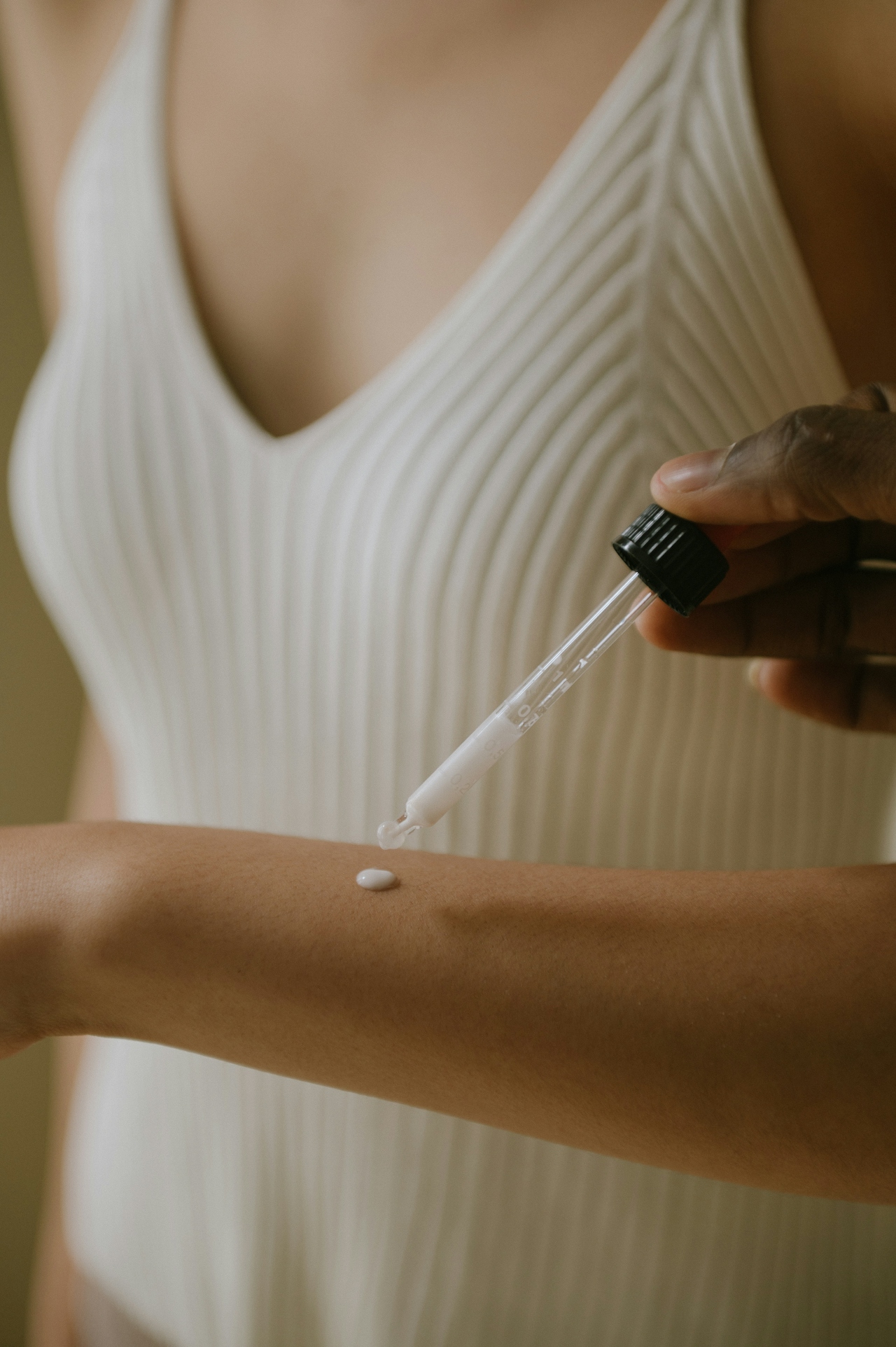
If you’re obsessed with Tik Tok like me (follow the Skin School account here!), you might how the app goes through cycles of viral beauty trends. We’ve had slugging, baby botox and the obsession around cult beauty brands like CeraVe and The Ordinary. Now there’s another one we can add to our growing collection: skin cycling.
While not a particularly new thing in the skincare world, it’s taken the Tik Tok world by storm because of how straightforward it is. Meanwhile, your skin stays happy, healthy and glowing without irritation.
If you’re curious about skin cycling and how to implement it into your beauty routine, here’s what you need to know.
What is skin cycling?
The term itself was coined by dermatologist Dr Whitney Bowe. It’s a four-night process that involves rotating your active ingredients (ie: retinoids and chemical exfoliants) to avoid irritation. Since making the rounds on Tik Tok, many videos have popped up touting its success and how effective skin cycling is.
As for me? I’m an avid supporter of it. Whenever I’ve been asked about skincare routines that involve active ingredients, my biggest advice to newcomers has always been to take it slow. The idea of skin cycling essentially assists you in this, encouraging you to not overdo it to prevent over-exfoliation, irritation and accidentally causing a damaged skin barrier.
It’s a great routine for sensitive skin types, or if you’re new to skincare and don’t want to turn your face into an angry red tomato. If you want to try it out for yourself, read below.
How do you start skin cycling your beauty routine?
The gist of skin cycling is:
- Night 1 – Sunday: Exfoliant
- Night 2 – Monday: Retinol/Retinoid (Vitamin A)
- Night 3 – Tuesday: Rest day
- Night 4 – Wednesday: Rest day
Then it’s a rinse and repeat process. Easy, right? Let’s break it down in detail below.
Night 1 – Sunday: Exfoliant
For the first night of skin cycling, exfoliation is the hero step and main highlight. Start with your usual cleansing ritual (if you’re wearing sunscreen or makeup, best to double cleanse). If you use a gentle toner, use that next. Instead of using an active serum, replace it with a chemical exfoliant. These are different to your physical exfoliants (ie: scrubs), in that you apply them like any other skincare product and leave it to work overnight.
Chemical exfoliants are incredibly gentle and because they don’t have the abrasiveness that exfoliating scrubs have, they’re the perfect option for skin cycling and those with sensitive skin. It also gently removes the build-up of dead skin, ensuring the rest of your products like moisturiser absorb effectively.
There are two types of chemical exfoliants: Alpha-Hydroxy Acid (AHA) and Beta-Hydroxy Acid (BHA).
After applying the chemical exfoliant, give it some time to dry then apply your go-to moisturiser on top.
Night 2 – Monday: Retinol/Retinoid
The second night involves your retinol or retinoid. Follow your usual steps of cleansing and (possibly) toning. This time, instead of using a chemical exfoliant, replace it with your retinol or retinoid active ingredients. Normally, these will be in the form of a serum or lightweight cream.
Retinoids are derived from Vitamin A, often recommended to assist with age prevention, wrinkles, fine lines, hyperpigmentation and more. This active ingredient increases your skin’s cell turnover, accelerating collagen production, reducing acne and much more.
There are quite a few types to choose from. Below are the most common ones:
Retinol
You’ll normally find these in over-the-counter products at your local chemist or beauty store. Available in lower concentrations, retinol is an excellent choice if you’re new to Vitamin A or have sensitive skin.
Retinal
This is a step up from retinol, and research has shown it’s 11x faster at treating wrinkles and fine lines. It’s also more bioavailable to the skin, meaning it absorbs faster and takes less time to see noticeable results in comparison to retinol.
Tretinoin
Tretinoin can only be bought with a prescription from your general practitioner or dermatologist. They are prescription-strength, meaning they work on the skin fast. However, jumping into tretinoin quickly can result in irritation and a damaged skin barrier.
Adapalene
This has strong anti-inflammatory properties, making it a top choice if you have acne. If you’re based in Australia, it requires a prescription.
If you’ve never used retinoids before, always start slow and ease into it. Keep in mind that retinoids also make you more sensitive under the sun, so sunscreen is essential.
If you’re pregnant or breastfeeding, medical professionals and research advise you to avoid retinoids altogether.
Once you’ve applied your retinoid, give it a few minutes to dry then apply moisturiser on top to seal it all in.
Nights 3 and 4 – Tuesday and Wednesday: Rest Days
After exfoliating and using your retinoid for the first two nights respectively, the next two nights are solely for recovery. No need to use any active ingredients or chemical exfoliants. Just hydration.
If you need more assistance, Dr Whitney Bowe goes into more detail on her website, where she says to focus on “nourishing the skin microbiome and repairing your skin barrier—think hydration and moisture.”
My recommendation for rest days is to keep the routine simple. A basic cleanse, tone and moisturise should do the trick. But if you’re looking for deeper hydration, aim to use products with ingredients like hyaluronic acid, glycerin and tocopherol (vitamin e).
Then you repeat the same process next week. That’s it!
What are the benefits of skin cycling?
What’s great about skin cycling is it forces you to take it slow with active ingredients. In other words, no overlap or layering of potent ingredients like chemical exfoliants and retinoids. Putting the two together in the same routine can be a recipe for disaster.
Skin cycling also covers the essentials when maintaining healthy skin. The chemical exfoliants remove the dead skin build-up, revealing a noticeably smoother and brighter complexion. Meanwhile, the retinoids increase your cell turnover which helps reduce inflammation and acne, while tackling your wrinkles, fine lines and other signs of ageing.
Last but not least, it’s the perfect routine if you have sensitive skin because it’s a simple, straightforward, no-frills routine that still packs a punch. At most, you’d only need to use about 3-4 products per day to get the most benefits from skin cycling.
Best products for skin cycling, as tried and tested by us
- Paula’s Choice RESIST Optimal Results Hydrating Cleanser
- CeraVe Hydrating Cleanser
- La Roche-Posay Effaclar H Biome Cleanser
- Medik8 Crystal Retinal 3-Night Serum
- La Roche-Posay Retinol B3 Anti-Ageing Serum
- Retrieve 0.05% Cream – Prescription only
- Cetaphil Moisturising Lotion
- Beard & Blade Re-Gen Moisturising Balm
- Murad City Skin Overnight Detox Moisturizer



